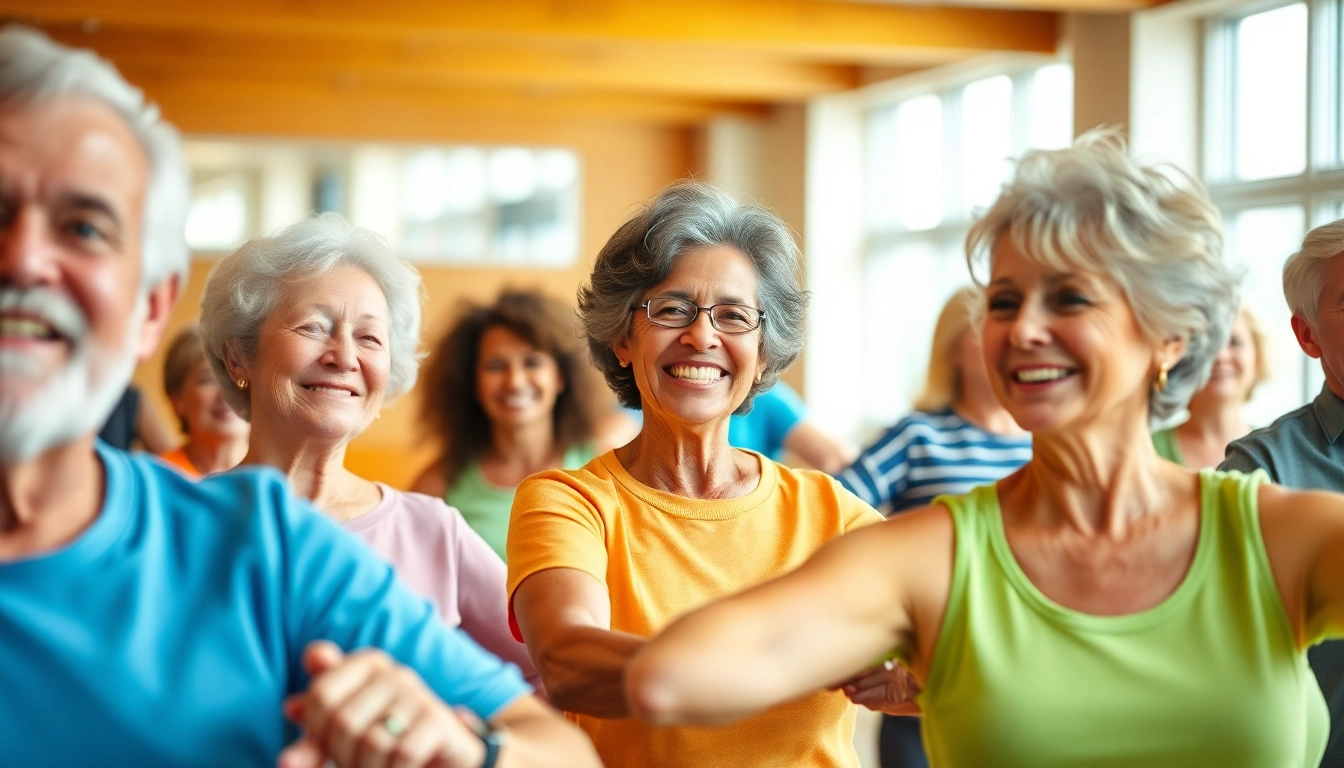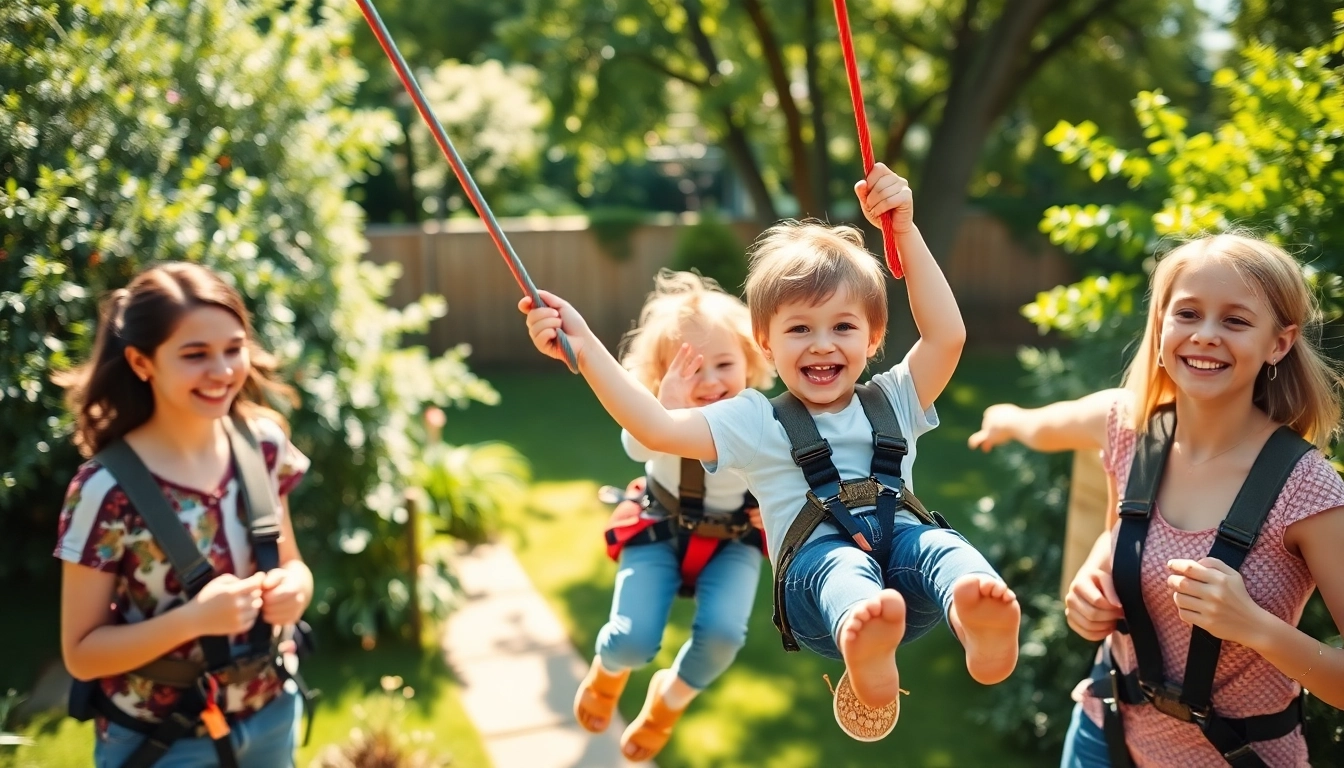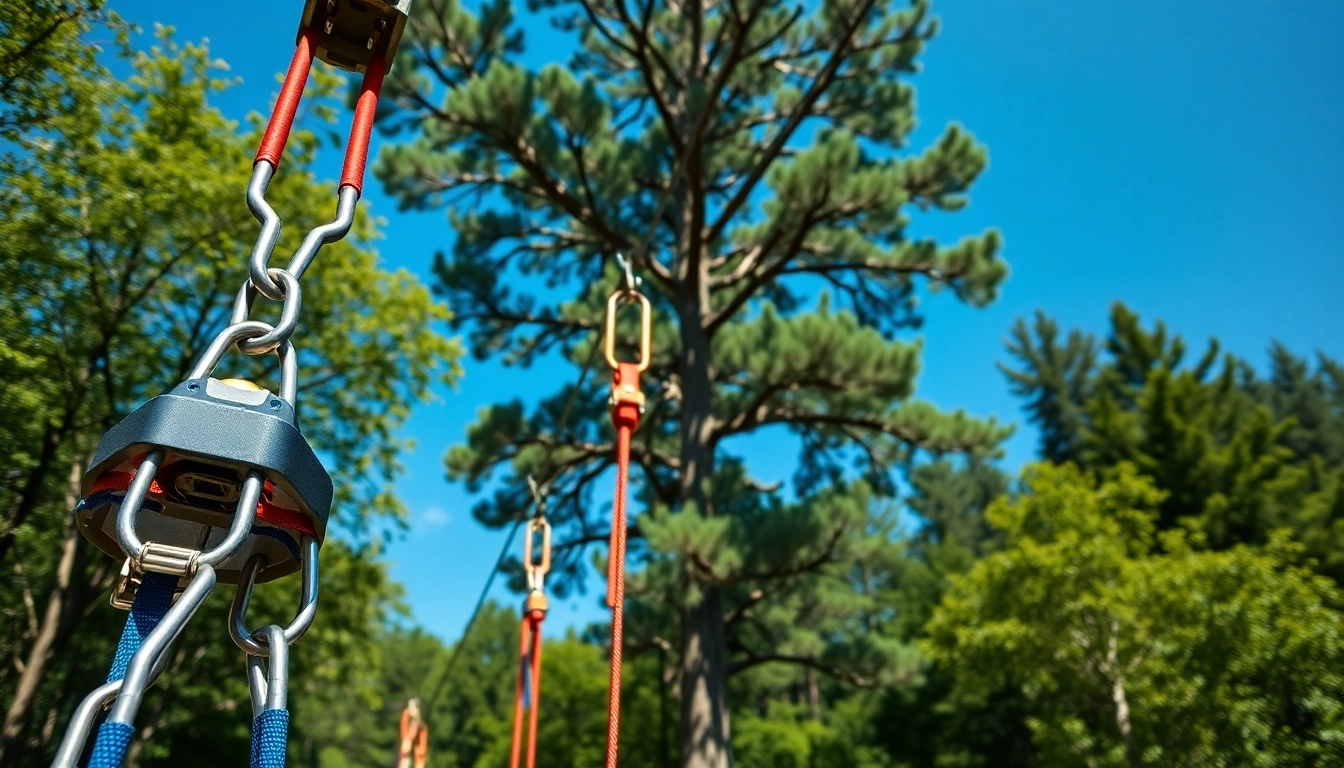
Understanding Senior Fitness Training
As we enter our golden years, maintaining physical fitness becomes increasingly important for overall well-being. Senior fitness training focuses on tailored exercise programs designed to meet the specific needs of older adults. With a greater emphasis on movement quality, strength, flexibility, and endurance, this approach helps seniors lead healthy, active lives. Engaging in Senior Fitness Training can improve not just physical health but also mental and emotional well-being.
1. Defining Senior Fitness and Its Importance
Senior fitness refers to exercise programs and practices specifically designed for older adults. At its core, senior fitness promotes physical activity which is essential for maintaining independence and enhancing the quality of life as we age. Regular engagement in fitness activities helps counteract the natural decline in muscle strength, bone density, and cardiovascular health that often accompanies aging.
2. Common Misconceptions About Aging and Exercise
One prevalent misconception is that older adults should avoid vigorous exercise due to fears of injury or health complications. However, research shows that with proper modifications, most seniors can safely engage in a variety of physical activities. Another common myth is that it’s too late to start exercising. In reality, individuals starting exercise programs later in life can still gain substantial health benefits.
3. Essential Health Benefits of Staying Active
Participating in senior fitness training offers numerous health benefits:
- Improved cardiovascular health: Regular aerobic activity strengthens the heart and lungs.
- Enhanced strength and bone density: Resistance training helps maintain muscle mass and reduce the risk of osteoporosis.
- Better balance and coordination: Activities that challenge balance can prevent falls, a common concern for seniors.
- Increased flexibility: Stretching exercises improve flexibility, aiding in daily activities and overall mobility.
- Mental well-being: Exercise releases endorphins, reducing the risk of depression and anxiety.
Key Components of a Senior Fitness Program
A well-rounded senior fitness program typically includes various types of physical activities that cater to the unique needs of older adults.
1. Aerobic Activities: Incorporating Cardio Health
Aerobic exercises, such as walking, swimming, or cycling, increase heart rate and improve cardiovascular fitness. These activities should be performed at a moderate intensity for at least 150 minutes a week, ideally spread across several days. Incorporating interval training—varying intensity during workouts—can also enhance cardiovascular benefits while keeping sessions engaging.
2. Strength Training: Building Muscle Safely
Strength training is vital to counteract the muscle loss that typically occurs with aging. Seniors can benefit from bodyweight exercises, resistance bands, or light weights to build strength effectively. It’s recommended to perform strength training exercises at least twice a week, targeting major muscle groups. Special attention should be given to proper form and technique, which helps prevent injuries.
3. Flexibility and Balance: Reducing Fall Risk
Incorporating flexibility and balance exercises is crucial for injury prevention. These exercises, such as yoga or tai chi, enhance mobility and stabilize posture, which can significantly reduce the risk of falls. Seniors should integrate stretching routines into their workouts to improve joint range of motion and muscle elasticity.
Designing Your Senior Fitness Training Plan
Creating a personalized fitness plan ensures that seniors can engage in activities that are not only effective but also enjoyable.
1. Assessing Individual Fitness Levels
Before beginning any new exercise program, it’s important to assess current fitness levels. Simple balance tests, strength assessments, and aerobic capacity evaluations can provide valuable insight. A healthcare professional or certified fitness trainer specializing in senior fitness can assist with these assessments.
2. Customizing Workouts to Fit Lifestyle Needs
Every individual has unique preferences and limitations. When creating a workout plan, consider factors like previous exercise history, medical conditions, and personal interests. Tailoring the program around these elements ensures that seniors remain motivated and can commit long-term.
3. Setting Achievable Goals and Progress Tracking
Establishing realistic and measurable goals helps seniors stay focused and motivated. Goals could include improving balance, increasing stamina, or achieving a certain number of steps daily. Tracking progress as part of a fitness diary or app can provide additional encouragement by highlighting improvements over time.
Implementing Safe Practices in Senior Fitness Training
Safety is paramount when it comes to exercising later in life. Implementing precautions can help mitigate risks associated with physical activity.
1. Understanding Physical Limitations and Adaptations
All seniors should be aware of their physical limitations. Listening to one’s body and recognizing discomfort is vital. Exercises should be adapted to suit individual abilities, ensuring a focus on safe movement patterns.
2. Working with Certified Fitness Professionals
Hiring a certified personal trainer specializing in senior fitness can be beneficial. These professionals understand the specific challenges associated with aging and can provide personalized guidance to optimize routines effectively.
3. Monitoring Health Conditions During Exercise
For seniors with pre-existing health conditions, monitoring vital signs and symptoms during exercise is essential. Consulting a healthcare provider prior to starting an exercise program allows for modifications that cater to specific medical concerns.
Community and Support for Senior Fitness Training
A supportive community enhances the experience of engaging in fitness activities. Building connections can lead to increased motivation and a more enjoyable fitness journey.
1. Finding Local Fitness Classes and Resources
Local gyms, community centers, and senior organizations often offer fitness classes tailored to older adults. Participating in group activities fosters social interaction and camaraderie, which are crucial for mental health.
2. The Role of Online Communities and Forums
In today’s digital age, online platforms provide access to a wealth of resources and communities where seniors can share experiences, tips, and encouragement. Websites and social media groups are valuable tools for finding new exercise ideas and building connections with like-minded individuals.
3. Encouraging Family Participation in Fitness
Involving family members in fitness activities can enhance motivation and accountability. Family workouts, outdoor activities, or even at-home exercise sessions can make fitness a fun and collaborative endeavor.








